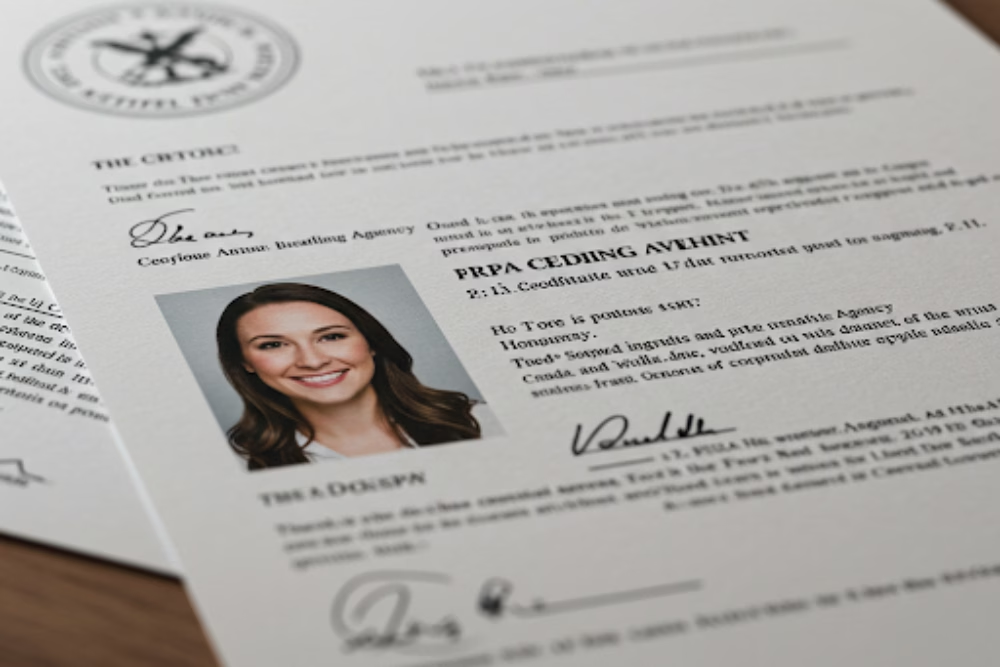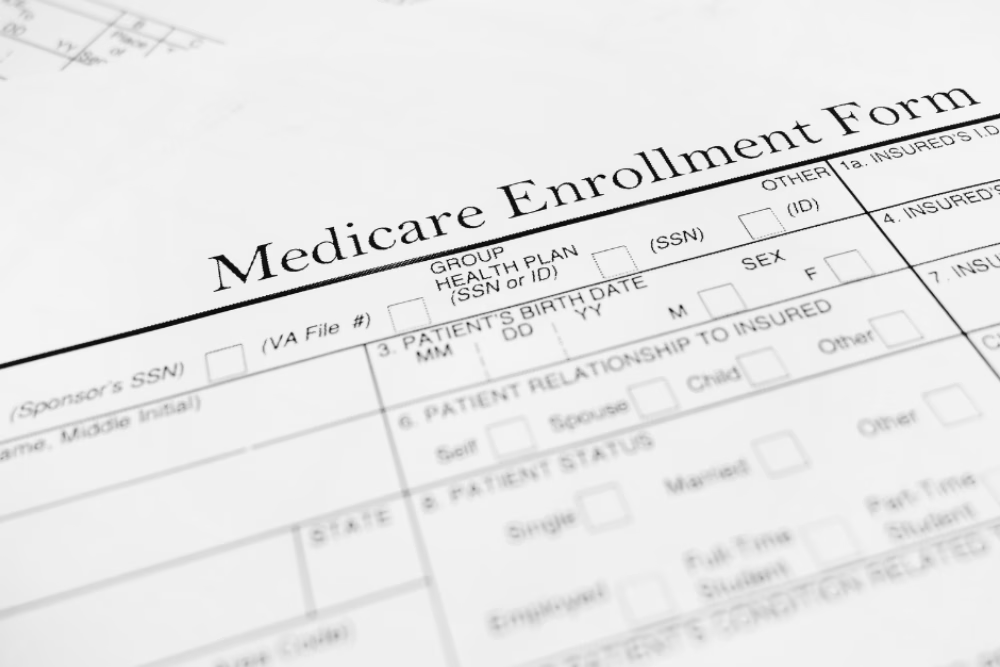In today’s fast-evolving healthcare landscape, Physician Assistants (PAs) are indispensable. Their versatility across specialties and expertise in acute care make them vital to any medical team. However, the key to unlocking their full potential lies in efficient credentialing—a process that ensures PAs are qualified, compliant, and ready to deliver top-notch care. For practice managers, healthcare providers, and owners, understanding and optimizing this process is essential to seamless onboarding and operational success.
Navigating the PA Credentialing Process: A Step-by-Step Guide
Step 1: Education and Certification
PAs must complete a master’s or doctoral degree from an accredited program and pass the Physician Assistant National Certifying Exam (PANCE). This rigorous exam validates their medical and surgical knowledge. Additionally, state licensure is required, with specific regulations varying by location. To maintain certification, PAs must also engage in Continuing Medical Education (CME) to stay updated on medical advancements.
Step 2: State Licensure and Compliance
The licensure process involves submitting detailed applications, including proof of education, certification, and personal information. State medical boards conduct thorough background checks and verifications, and some states may require a jurisprudence exam. Staying compliant with state-specific requirements is critical.
Step 3: Hospital and Healthcare Center Privileges
Once licensed, PAs must undergo credentialing at their place of employment. This includes verification of qualifications, peer reviews to assess clinical competence, and approval by a credentialing committee. This step ensures PAs meet the facility’s standards for patient care.
Step 4: Re-credentialing and Professional Growth
Credentialing isn’t a one-time process. PAs must undergo periodic re-credentialing to demonstrate ongoing competence and compliance with evolving healthcare standards. Regular participation in CME activities is also mandatory to maintain licensure and stay current with best practices.
Challenges in PA Credentialing
- State-Specific Requirements: Navigating varying regulations across states can be complex.
- Time-Consuming Process: Credentialing can take 90-120 days, delaying a PA’s ability to practice.
- Documentation Errors: Inaccuracies or missing documents can lead to delays or denials.
Tips for a Smooth Credentialing Process
- Organize Documentation: Keep all required documents in a centralized, easily accessible system.
- Stay Updated: Regularly review credentialing requirements and regulatory changes.
- Leverage Expertise: Partner with credentialing specialists or use credentialing software to streamline the process.
Credentialing PAs doesn’t have to be overwhelming. At eClinicAssist, we specialize in simplifying the credentialing process for practice managers, healthcare providers, and owners. Let us handle the complexities so you can focus on delivering exceptional care. Contact eClinicAssist today to learn how we can support your credentialing needs.






